Pre-Investment Considerations: Deep Dive with Shanbor Gupta of Clean Energy Ventures
Shanbor Gupta, Principal with Clean Energy Ventures, played a critical role as a contributor to Project Frame’s methodology guidance: Pre-Investment Considerations: Diving Deeper into AssessingFuture Greenhouse Gas Impact.
In the following Q&A with Project Frame, Gupta shares his thoughts on the importance of transparency in forward-looking GHG impact assessments, the complexity inherent to climate solutions, the need for clear guidance, and more.
What motivated you to contribute to Project Frame's methodology for assessing forward-looking emissions impact?
At Clean Energy Ventures, a central tenet of our investment thesis is an innovation's ability to reduce global greenhouse gas emissions. Forward-looking emissions impact assessments are part of our DNA—so much so that we built our own tool and opened it to the public for others to use. We want to drive the entire industry to consider emissions reduction impact, whether you're an entrepreneur or an investor.
Project Frame created an opportunity for us to help drive a consistent and transparent approach to emissions measurement that creates a unified understanding of impact and helps us all speak from the same page.
Of the topics covered by the methodology, which did you feel was the most pressing to address and why? How do you feel this work addressed that topic? Are there any questions that remain?
Additionality is a key concept within the methodology, and one that merits continued consideration and dialogue. The Project Frame paper covered the topic and was very clear about the difficulty in defining additionality. We loved that there are examples, but the more the better.
With the wide range of climate-tech innovations and complexity of this sector, we need to paint a diverse picture of the possibilities, for instance: how do we evaluate a new cathode innovation, a new carbon accounting firm, or a business model innovation? The overlap between additionality and attribution is critical and will need continued attention going forward.
Transparency, accountability, and inclusivity are three of Project Frame's values. How do you feel this work upholds those values?
The purpose of the paper is to drive transparency in the industry when assessing potential GHG impact and move us away from greenwashing. By soliciting input from a wide spectrum of people, we're driving towards greater inclusivity. This is critical.
Additionally, it's important to acknowledge the request for audience feedback on the paper and the drive to go beyond a static methodology that might otherwise feel set in stone.
Are there any key takeaways, reflections, or learnings from your experience collaborating on the methodology that you would like to share?
It was enlightening to hear all the different perspectives and the thoughtful consideration of both problems and solutions. We found the horizontal framework for attribution particularly helpful. While we do some attribution analysis as part of our own assessments, this was a holistic overview of different approaches that gave us a new perspective.
Looking forward, how would you like to see forward-looking emission impact assessment continue to evolve? Or, how would you like to see climate investing evolve with respect to assessing forward-looking emissions impact?
Transparent, consistent forward-looking assessments are critical to helping both entrepreneurs and investors make informed decisions as they work to save our planet from climate change. We're looking forward to continued transparency and collaboration on this effort in the future.
While we may disagree on the potential impact of any individual innovation, we all benefit from clear rationale and standards for quantification that can drive a more rigorous and productive debate on the merits of new technologies and innovations. Ultimately, we hope to have startups and investors unified on the need to provide updated emissions assessments with the same rigor and frequency as the organization's financial projections.
Shanbor Gupta, Principal with Clean Energy Ventures, leads efforts on greenhouse gas impact assessments for potential investments. Gupta graduated Magna Cum Laude from the MBA program at Babson College in 2020.
Clean Energy Ventures aims to beat back climate change through energy innovation. They fund disruptive, capital-light technologies and business model innovations that can reshape how we produce and consume energy. Each startup they invest in has the potential to substantially reduce greenhouse gas emissions between our investment and 2050.

